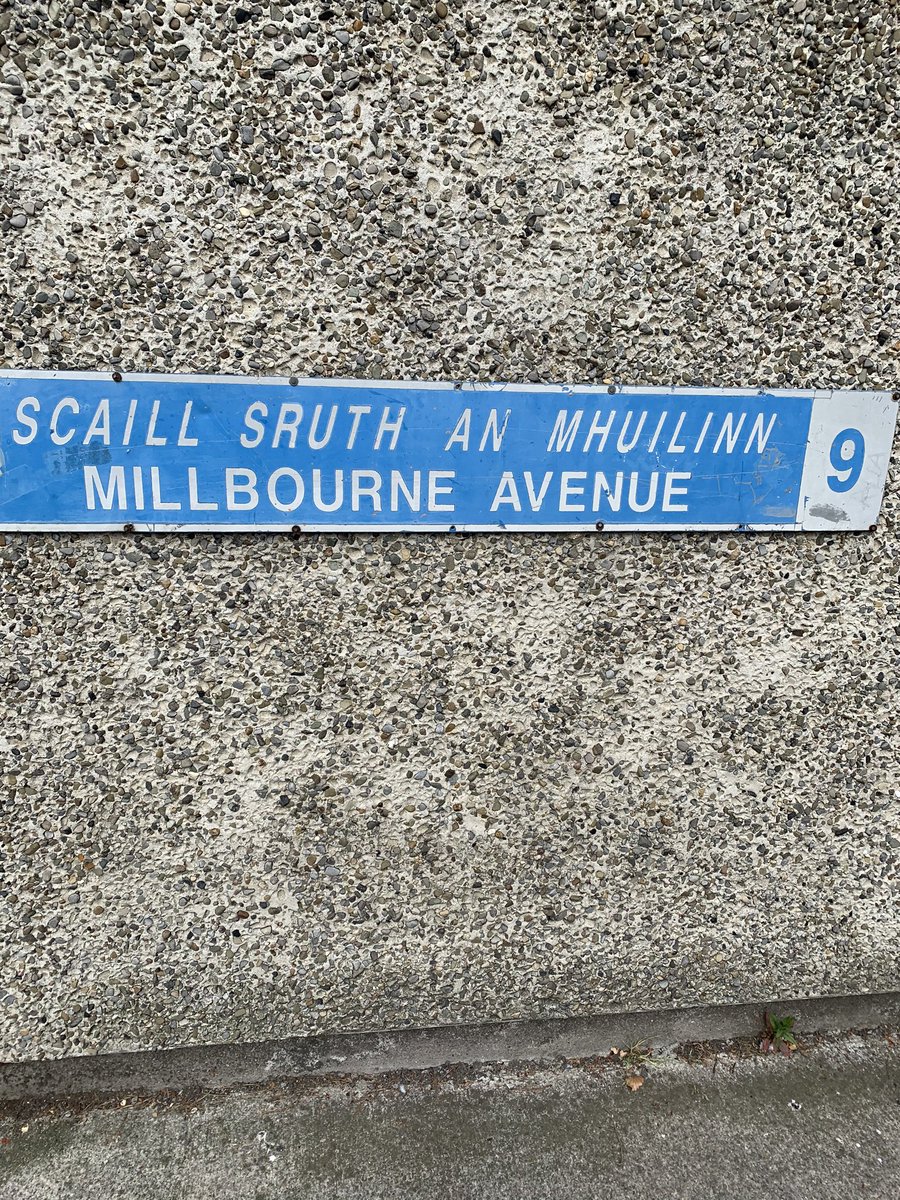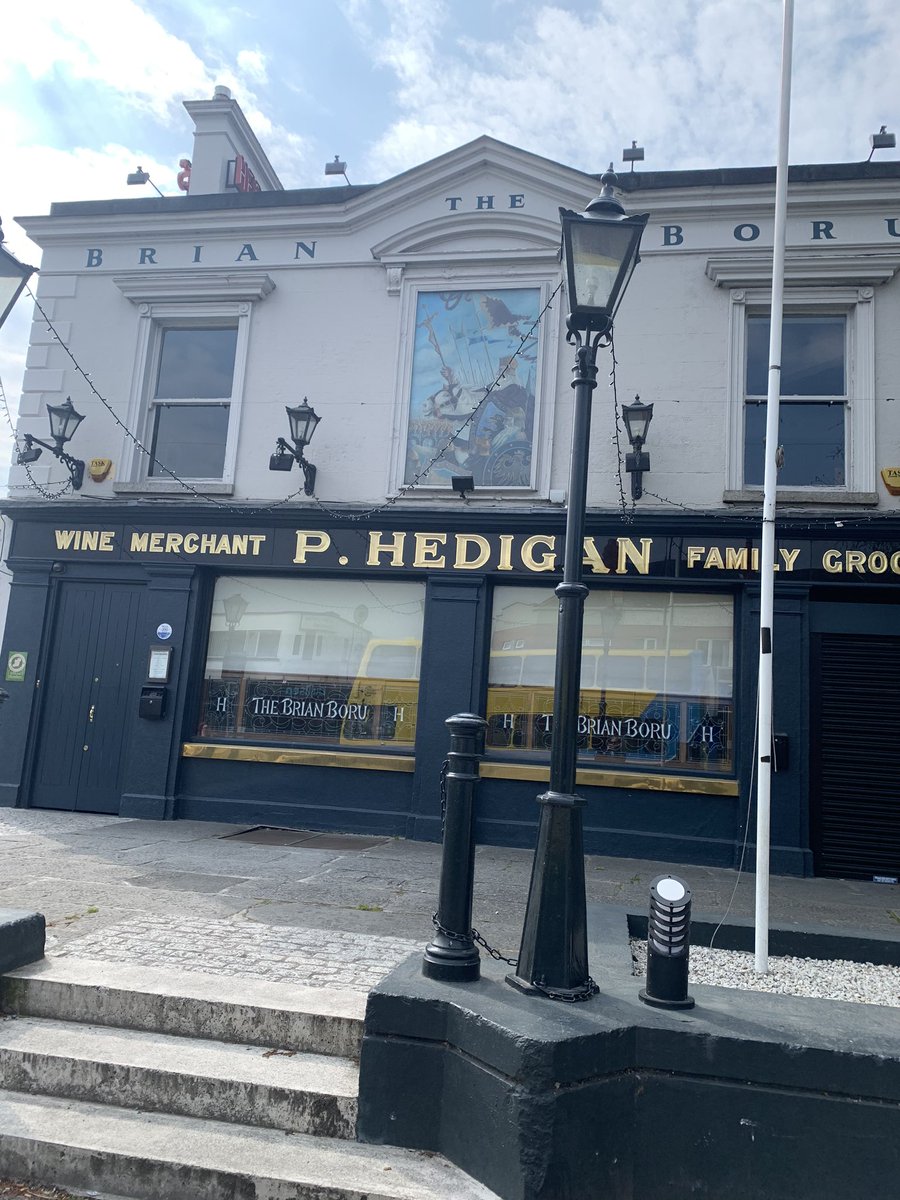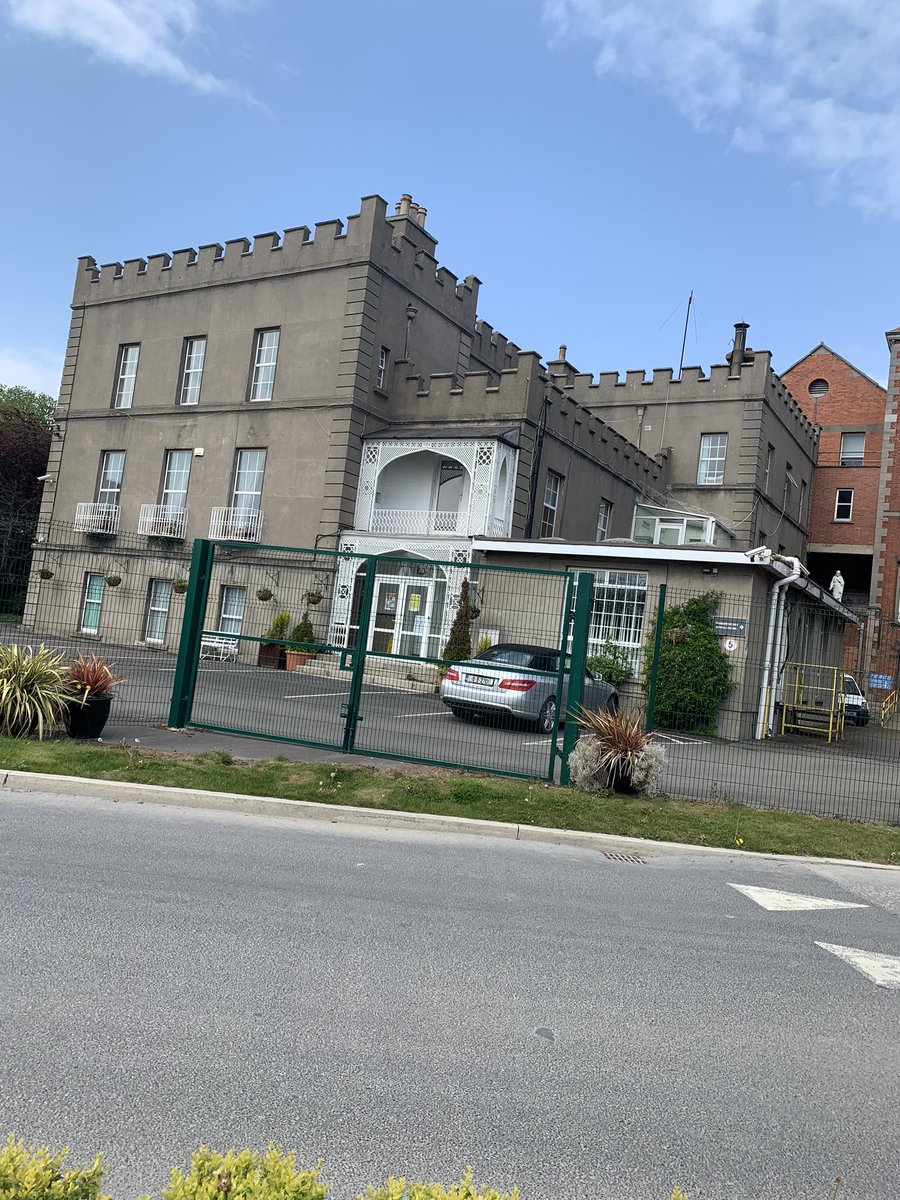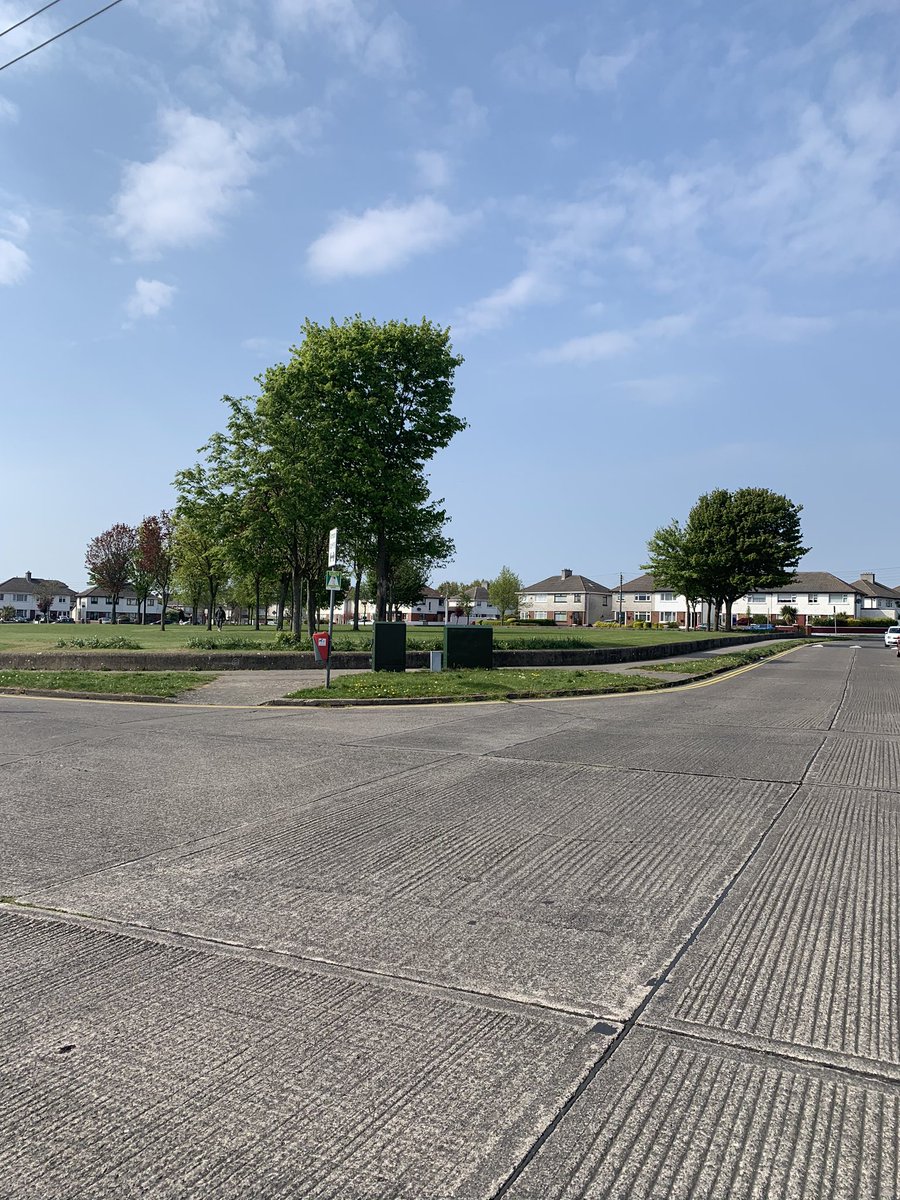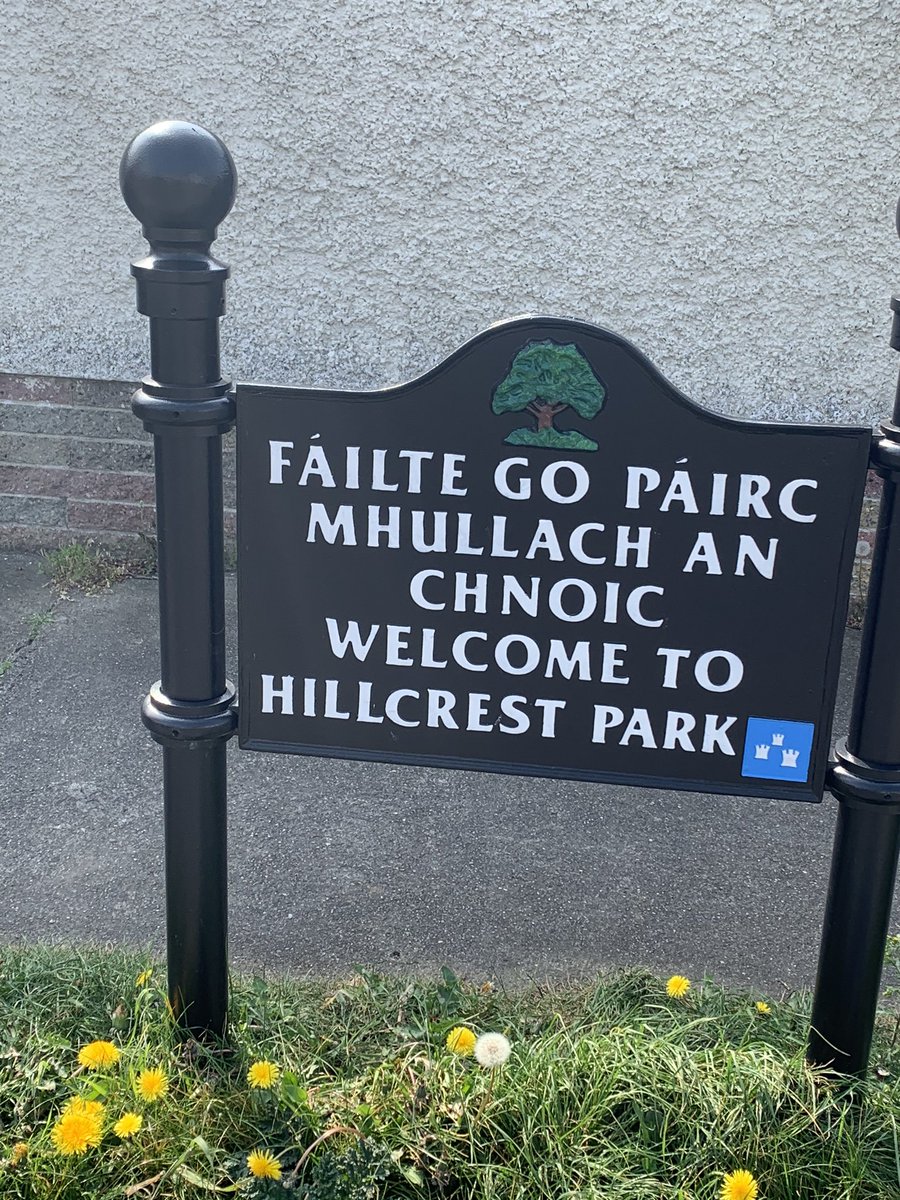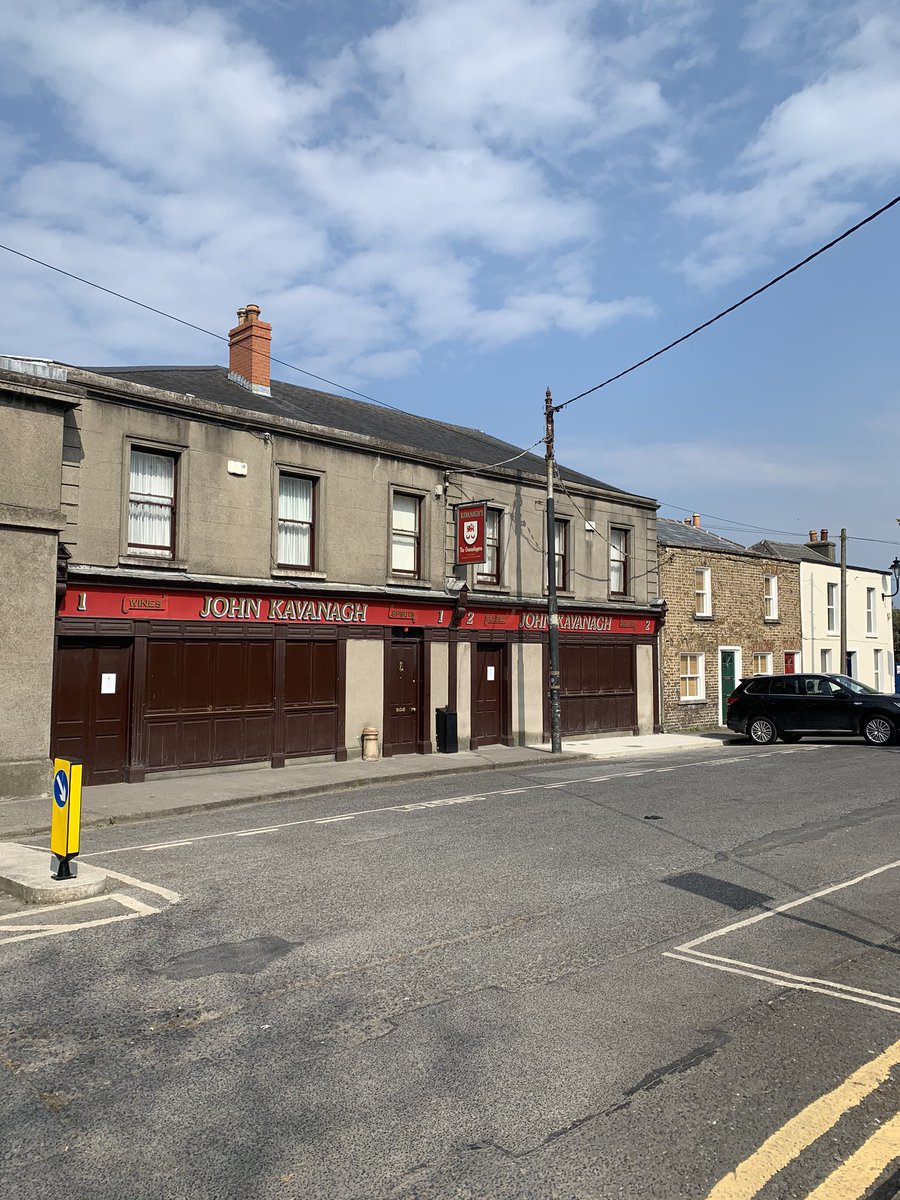Challenged by @paulob16 to explore the history within my 2km radius.
Over the last week I have tried to incorporate a few of the local Glasnevin/Drumcondra locations of note into my runs.
First we go back to the time of Saint Mobhi
Note: I’m not a historian so bear with me
Over the last week I have tried to incorporate a few of the local Glasnevin/Drumcondra locations of note into my runs.
First we go back to the time of Saint Mobhi
Note: I’m not a historian so bear with me
Glasnevin was founded by St Mobhi as a monastery back in the 5th/6th century.
St Columbus studied under St Mobhi before going on to spread Christianity throughout modern day Scotland. The church and road takes his name.
The Scots Gaelic meaning of Iona is ‘Iona of St Columba’ – at Iona Road
St Columbus studied under St Mobhi before going on to spread Christianity throughout modern day Scotland. The church and road takes his name.
The Scots Gaelic meaning of Iona is ‘Iona of St Columba’ – at Iona Road
Back to St Mobhi, he was said to be born without eyes or a nose, and his deformity cured when he splashed the baptisimal water of St David on his face three times.
St Mobhi Rd bears his name to this day, as well as the church tucked away behind the Met office. – at St Mobhi& #39;s Church
St Mobhi Rd bears his name to this day, as well as the church tucked away behind the Met office. – at St Mobhi& #39;s Church
Fun fact about St Mobhi, he was related to St Brigid.
Yes that St Brigid, of St Brigids Cross fame.
I digress...
The monastery was attacked and destroyed with the arrival of the Vikings in the 8th century, only for the church to be rebuilt in 1240.
Yes that St Brigid, of St Brigids Cross fame.
I digress...
The monastery was attacked and destroyed with the arrival of the Vikings in the 8th century, only for the church to be rebuilt in 1240.
Something else I didn’t know, the famed Irish Republican Robert Emmet is rumoured to be buried in the accompanying graveyard, as a headless corpse was once discovered there.
Nothing definitive on this though, sources are speculative.
Nothing definitive on this though, sources are speculative.
Another church of repute in the area, Drumcondra Church, was rebuilt in 1743 by Miss Coghill as a memorial to her brother, Dr Marmaduke Coghill. His tomb resides on the grounds.
Another notable figure buried there is Patrick Heeney, who composed the music for Amhrán na bhFiann
Another notable figure buried there is Patrick Heeney, who composed the music for Amhrán na bhFiann
Dr Marmaduke Coghill, former Chancellor of the Exchequer for Ireland, lived in Belvedere House, which is located on DCU St Patrick’s campus.
It was bought by the Catholic Archbishop of Dublin and established as St Patrick’s College in 1875. – at DCU St. Patrick& #39;s Campus
It was bought by the Catholic Archbishop of Dublin and established as St Patrick’s College in 1875. – at DCU St. Patrick& #39;s Campus
It would be remiss not to mention the most well known graveyard of them all, Glasnevin cemetery.
Daniel O’Connell, Michael Collins, Eamonn de Valera, Constance Markievicz and my namesake Brendan Behan (more on him later) among those resting here. – at Glasnevin Cemetery
Daniel O’Connell, Michael Collins, Eamonn de Valera, Constance Markievicz and my namesake Brendan Behan (more on him later) among those resting here. – at Glasnevin Cemetery
The cemetery deserves a thread of its own - another time
Next door, the Botanic Gardens, founded in 1795 after a poet by the name of Thomas Tickell sold his estate.
The gardens were responsible for identifying the infection responsible for the potato famine in the late 1800s – at National Botanic Gardens
Next door, the Botanic Gardens, founded in 1795 after a poet by the name of Thomas Tickell sold his estate.
The gardens were responsible for identifying the infection responsible for the potato famine in the late 1800s – at National Botanic Gardens
Another near neighbour, ‘Glasnevin House’ was the country retreat of Sir John Rogerson, a wealthy merchant and former Lord Mayor of Dublin in the 1700s, whom a quay on the Liffey is named after.
Now the house is part of the Holy Faith convent on Old Finglas Rd – at Holy Faith Convent
Now the house is part of the Holy Faith convent on Old Finglas Rd – at Holy Faith Convent
Strolling along the Royal Canal brings me a to statue of renowned Irish poet Brendan Behan. He grew up close to Croke Park in nearby Russell Street, before moving to Crumlin
Despite the similarities in looks pointed out by a few, he’s no relation, but Google says different https://abs.twimg.com/emoji/v2/... draggable="false" alt="🤷♂️" title="Man shrugging" aria-label="Emoji: Man shrugging"> – at The Royal Canal Way
https://abs.twimg.com/emoji/v2/... draggable="false" alt="🤷♂️" title="Man shrugging" aria-label="Emoji: Man shrugging"> – at The Royal Canal Way
Despite the similarities in looks pointed out by a few, he’s no relation, but Google says different
Btw on the way there I cut through Millbourne Ave, I was suprised to find out that James Joyce once lived on the road.
His book, Ulysses also mentions the Brian Boru pub. The pub is reputedly the site the High King of Ireland Brian Boru camped enroute to the Battle of Clontarf – at Brian Boru Hedigans
His book, Ulysses also mentions the Brian Boru pub. The pub is reputedly the site the High King of Ireland Brian Boru camped enroute to the Battle of Clontarf – at Brian Boru Hedigans
Speaking of battles, the Cat and Cage pub was the site of an old postal stop in Drumcondra that was seized during the 1798 rebellion. – at The Cat & Cage
Remember the Coghill’s? Well Marmaduke and his sister later lived in Drumcondra House, now part of DCUs All Hallows campus.
The house was renowned for its gardens, and the All Hallows seminary was founded in 1842 and was run by the Vincentians. – at All Hallows College
The house was renowned for its gardens, and the All Hallows seminary was founded in 1842 and was run by the Vincentians. – at All Hallows College
Across the road, Drumcondra Castle is currently part of Childvision.
While originally the site of an Elilzabethan era castle from the 1500s, the Carmelites began using the castle to help the blind from the late 19th century. – at ChildVision
While originally the site of an Elilzabethan era castle from the 1500s, the Carmelites began using the castle to help the blind from the late 19th century. – at ChildVision
On the home stretch now.
Another estate of note at the time was Ballygall House, home to the Blessed Margaret Ball. She was beatified by Pope John Paul II for standing up to Catholic persecution in that period.
The house was built somewhere around the current Hillcrest estate
Another estate of note at the time was Ballygall House, home to the Blessed Margaret Ball. She was beatified by Pope John Paul II for standing up to Catholic persecution in that period.
The house was built somewhere around the current Hillcrest estate
Side note, she married into the Ball family, who built the bridge over the Dodder on the southside of Dublin, still known to this day as Ballsbridge.
Did you know DCUs Glasnevin campus started out as an agricultural institution? In fact, UCDs School of Agriculture was based here.
This started out as Glasnevin Model Farm before being renamed Albert College after a visit from Prince Albert - husband of Queen Victoria - in 1853 – at 1838 Club
This started out as Glasnevin Model Farm before being renamed Albert College after a visit from Prince Albert - husband of Queen Victoria - in 1853 – at 1838 Club
Last but not least, honourable mention to the Diggers, founded in 1833, and renowned for serving the gravediggers of Glasnevin Cemetry over the years.
An enjoyable week looking back into the local past, I now look forward to @paulob16 buying me a pint after all this! – at John Kavanagh& #39;s The Gravediggers
An enjoyable week looking back into the local past, I now look forward to @paulob16 buying me a pint after all this! – at John Kavanagh& #39;s The Gravediggers
Disclaimer: most, if not all, information was sourced from Wikipedia, so apologies if I got anything wrong. I did mention that I wasn’t a historian  https://abs.twimg.com/emoji/v2/... draggable="false" alt="🤷♂️" title="Man shrugging" aria-label="Emoji: Man shrugging">
https://abs.twimg.com/emoji/v2/... draggable="false" alt="🤷♂️" title="Man shrugging" aria-label="Emoji: Man shrugging">

 Read on Twitter
Read on Twitter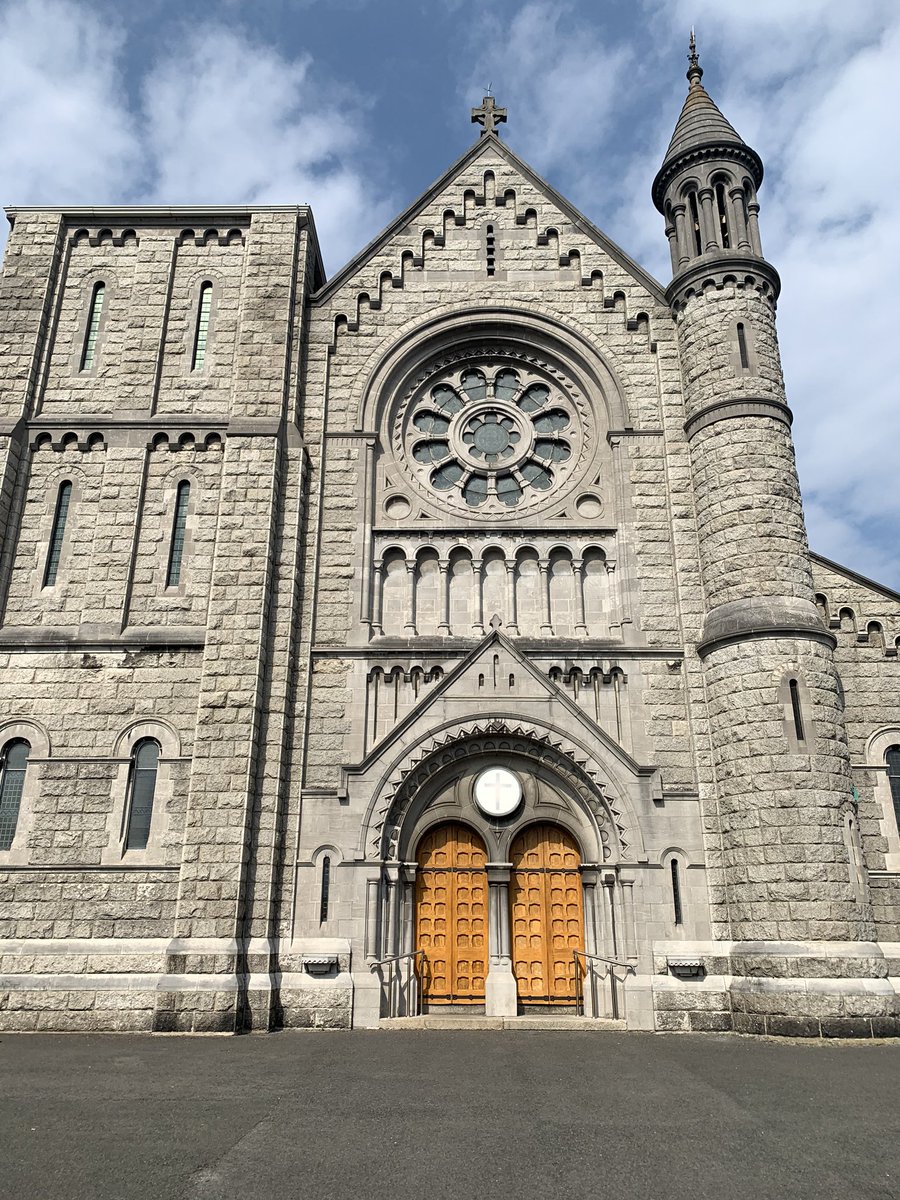
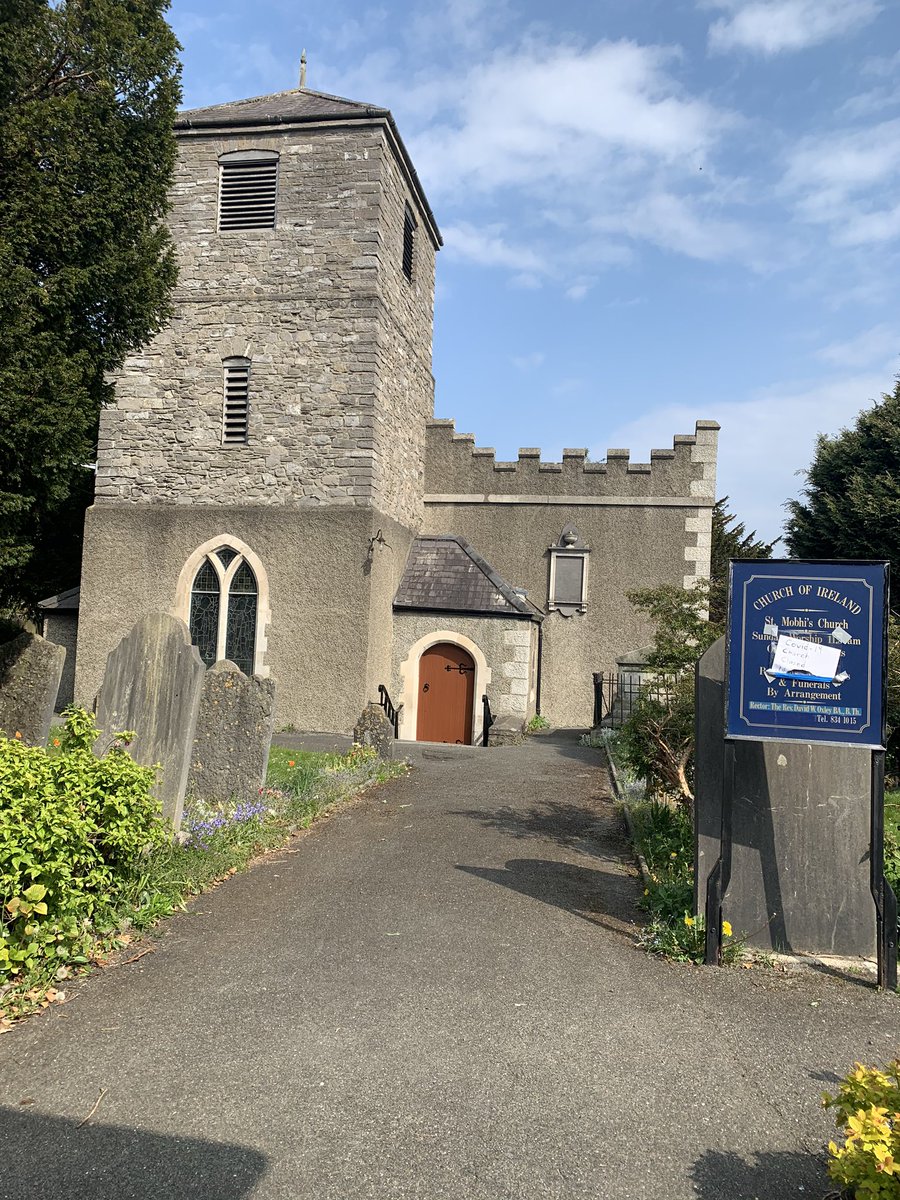

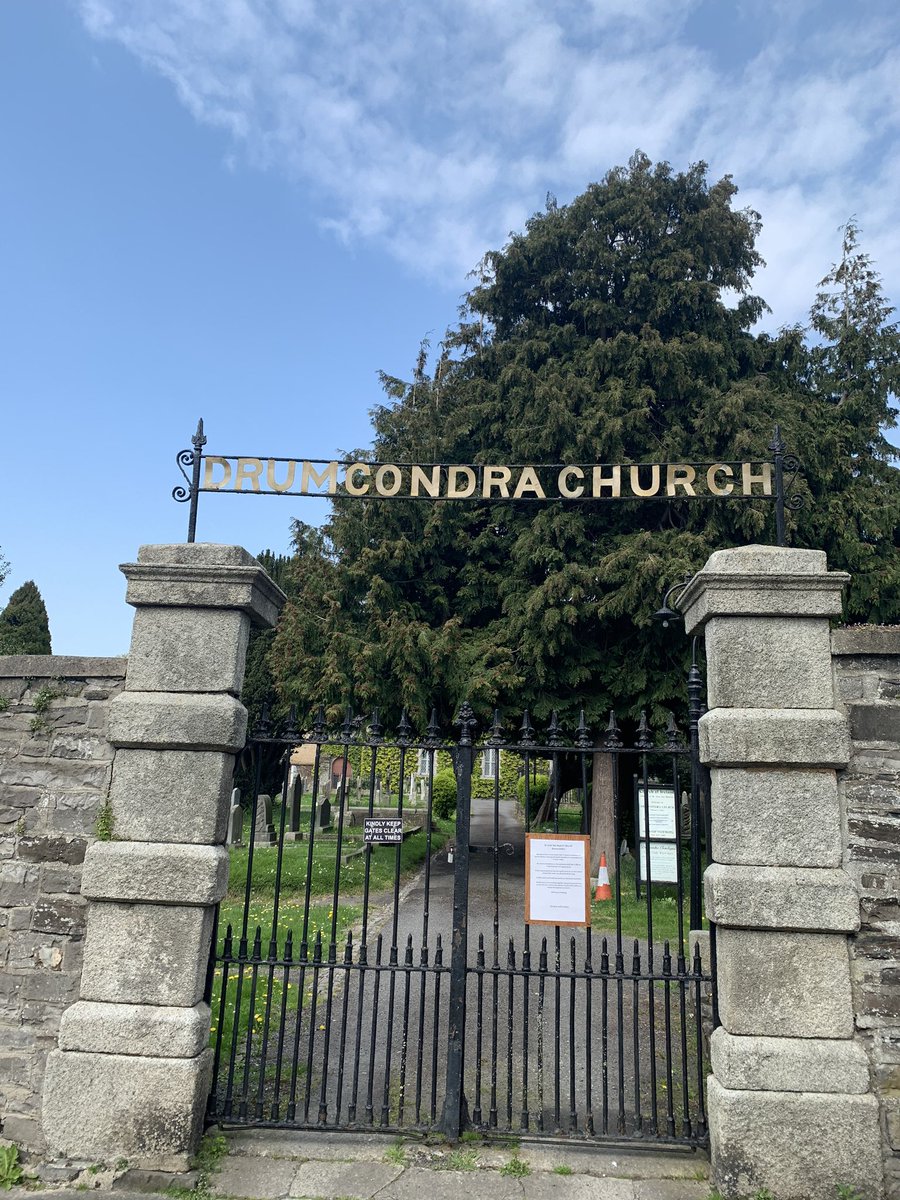
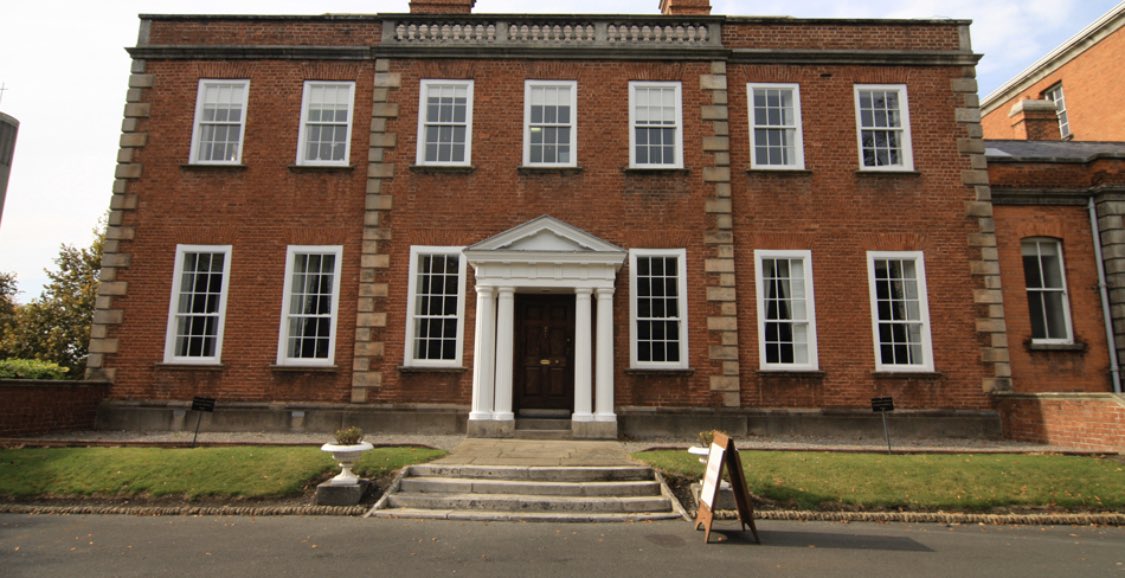


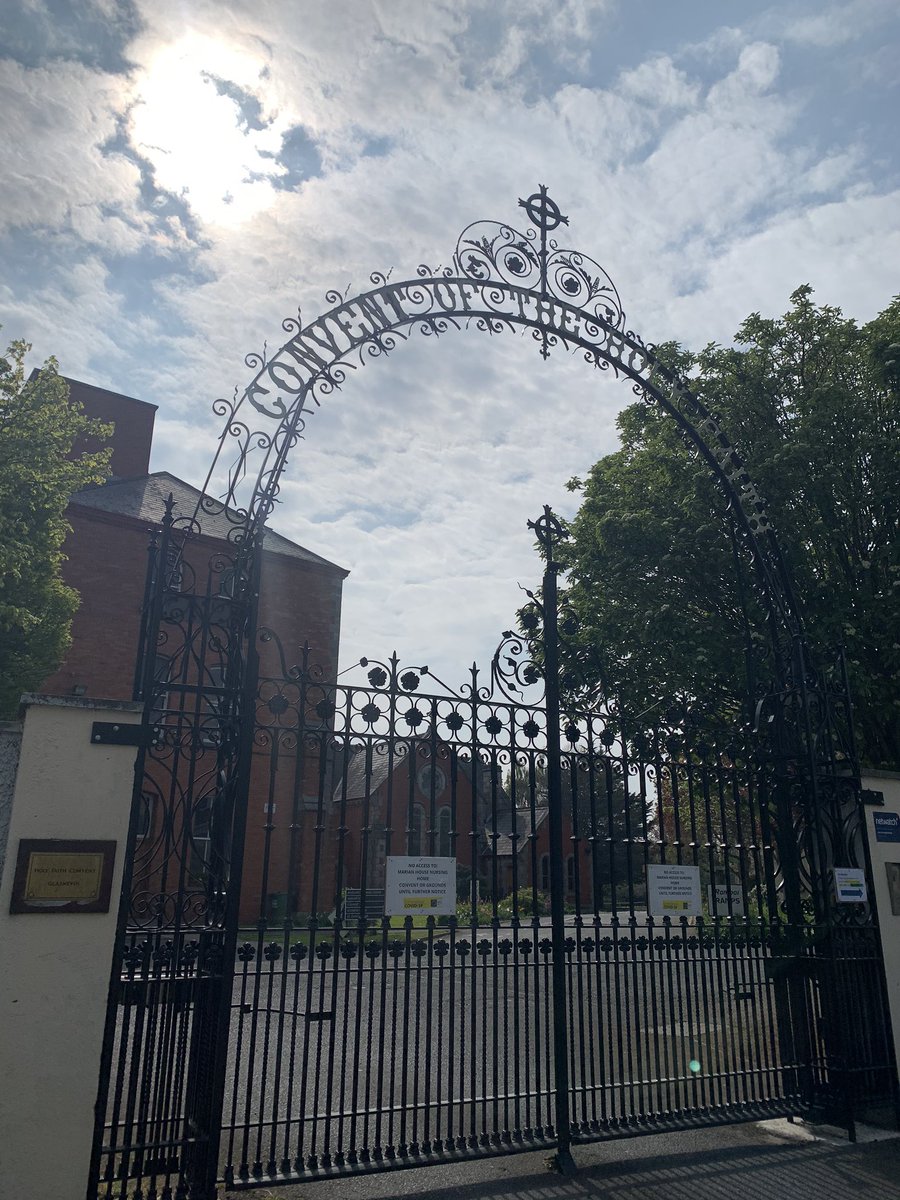
 – at The Royal Canal Way" title="Strolling along the Royal Canal brings me a to statue of renowned Irish poet Brendan Behan. He grew up close to Croke Park in nearby Russell Street, before moving to CrumlinDespite the similarities in looks pointed out by a few, he’s no relation, but Google says different https://abs.twimg.com/emoji/v2/... draggable="false" alt="🤷♂️" title="Man shrugging" aria-label="Emoji: Man shrugging"> – at The Royal Canal Way">
– at The Royal Canal Way" title="Strolling along the Royal Canal brings me a to statue of renowned Irish poet Brendan Behan. He grew up close to Croke Park in nearby Russell Street, before moving to CrumlinDespite the similarities in looks pointed out by a few, he’s no relation, but Google says different https://abs.twimg.com/emoji/v2/... draggable="false" alt="🤷♂️" title="Man shrugging" aria-label="Emoji: Man shrugging"> – at The Royal Canal Way">
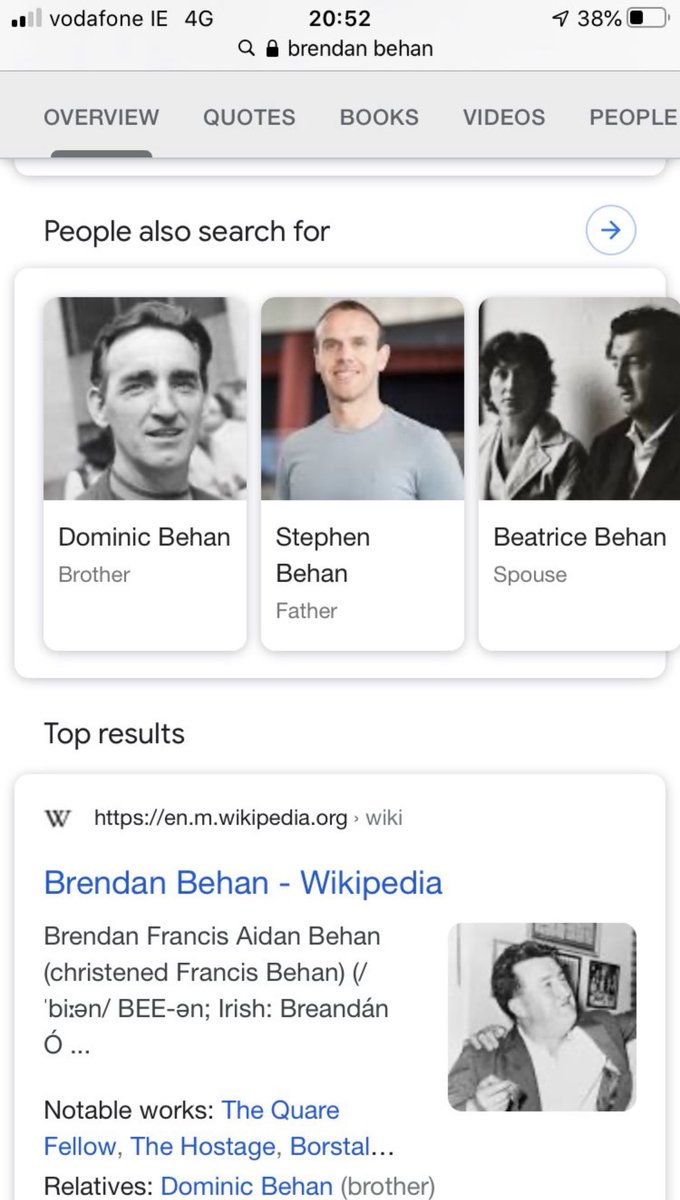 – at The Royal Canal Way" title="Strolling along the Royal Canal brings me a to statue of renowned Irish poet Brendan Behan. He grew up close to Croke Park in nearby Russell Street, before moving to CrumlinDespite the similarities in looks pointed out by a few, he’s no relation, but Google says different https://abs.twimg.com/emoji/v2/... draggable="false" alt="🤷♂️" title="Man shrugging" aria-label="Emoji: Man shrugging"> – at The Royal Canal Way">
– at The Royal Canal Way" title="Strolling along the Royal Canal brings me a to statue of renowned Irish poet Brendan Behan. He grew up close to Croke Park in nearby Russell Street, before moving to CrumlinDespite the similarities in looks pointed out by a few, he’s no relation, but Google says different https://abs.twimg.com/emoji/v2/... draggable="false" alt="🤷♂️" title="Man shrugging" aria-label="Emoji: Man shrugging"> – at The Royal Canal Way">
